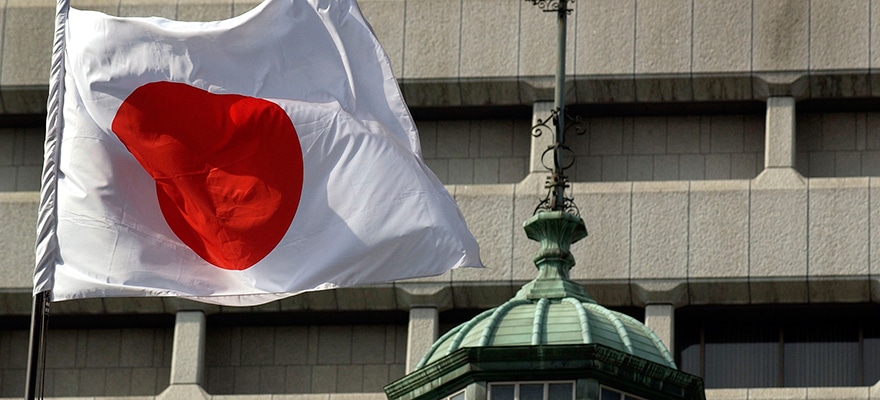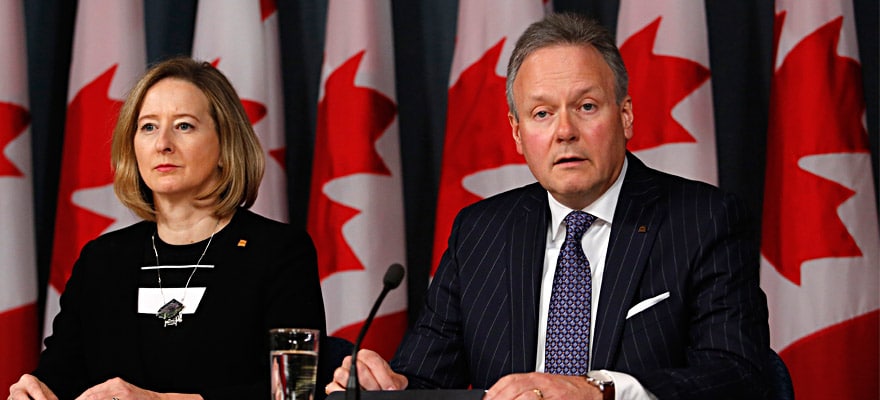On January 29 the Bank of Japan eased monetary policy further by announcing the implementation of negative interest rates of -0.1% on reserves above a certain threshold that financial institutions park at the central bank. In a three-tiered approach, balances below this threshold will be charged either zero percent interest or 0.1%, which is the overnight target rate and which has remained unchanged since 2008. By charging banks to keep excess reserves at the central bank, the BOJ incentivises these institutions to hold cash and strive to lend it out, which should stimulate the credit cycle and boost the economy and inflation.
Some analysts were expecting a change in monetary policy from the BOJ at this meeting, however they were in the minority and as such the announcement surprised markets sending yen pairs booming; USDJPY rallied 285 pips while GBPJPY rallied over 400. After the rapid JPY depreciation across the board, almost all of the moves were retraced before the yen recommenced weakening past initial lows.
In the statement, the BOJ affirmed they will be prepared to lower rates further in necessary. The size of annual bond purchases for the QE program remained unchanged, however the bank indicated that there is no limitation to increasing the program if needed. The bank also extended its forecast for inflation to reach 2%, to around the end of 2017.
These policy changes come only one month after the BOJ decided to extend the duration of the Japanese government bonds (JGBs) that it buys from 10 to 12 years, from 2016, and set up a 300-billion-yen fund to buy Exchange -traded funds (ETFs) that specifically target firms actively spending on capital expenditure and wages. With underlying price trends failing to move higher, the bank has had to take these measures in an attempt to stimulate the economy. So long as inflation remains subdued, the BOJ may have to consider further easing measures.
Inflation in Japan remains subdued and of major concern to the BOJ. Headline inflation has been severely affected by the decline in oil prices and as such the BOJ is not particularly focused on this measure. Tokyo-area preliminary CPI excluding food and energy for January rose only 0.4% y/y, below prior expectations of 0.6%. For the month, core prices dropped a full -1.0%.
This preliminary data for the Ku-area of Tokyo comes one month ahead of national data and can therefore be seen as a leading indicator. The decline of -0.4% in core-core prices is concerning for the BOJ and would have contributed to their decision to apply negative rates at the meeting which finished on the same day as the CPI release. Nationwide CPI excluding food and energy for December rose 0.80% y/y, below prior expectations of 0.9%. For the month, core prices fell -0.1%. The BOJ's own measure, which excludes fresh food and energy, rose 1.3% for the year ending December, up from 1.2% for November. This suggests that the BOJ sees the underlying price uptrend as understated by the official statistics bureau release. According to its own metric, prices need only rise another 0.7% to reach target.
After months of yen appreciation, the BOJ's new policy measures provide a fresh bout of weakness on the yen, however this can quickly turn as a result of risk aversion. With the ECB suggesting further easing in March and with the BOJ's surprise measures, we may see some relaxation of the risk-off tone that has been witnessed since the turn of the year. Provided risk sentiment is either neutral or risk-on, yen pairs remain a buy on dips. However selling yen pairs will also be a potential trade if risk-off tone increases, and that will largely depend on data out of China.






















